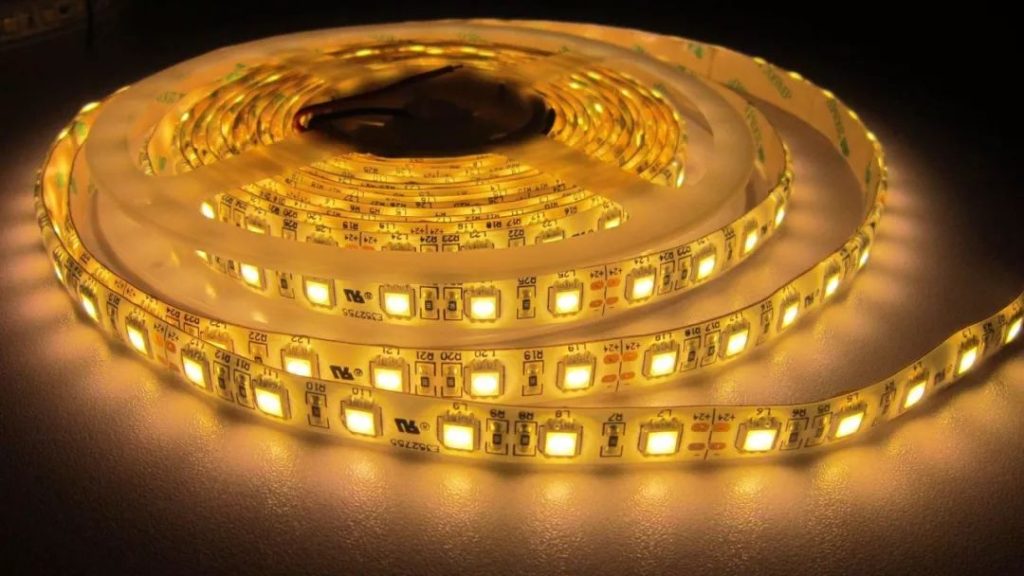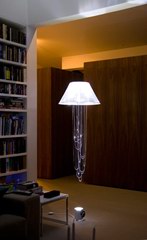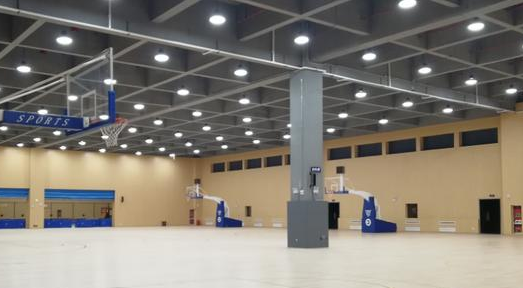Choose Constant Current or Constant Voltage Dimming Power Supply?
LEDs are more and more widely used in lighting fixtures. In addition to the uniqueness that is superior to traditional lighting methods, in addition to improving the quality of life, improving the efficiency of the light source and prolonging the life of lamps advantage.
The dimming efficiency of LED lighting fixtures depends on the matching dimming power supply, so how to choose a suitable LED dimming power supply? Below, we will answer your questions.
When choosing a dimming power supply, should you choose a constant voltage power supply or a constant current power supply? First of all, it is necessary to confirm whether the light source is a constant voltage circuit or a constant current circuit. If it is impossible to confirm the light source circuit, it can be judged according to the marked parameters of the lamps. If the input voltage is marked as: DC12V/24V, it is a constant voltage lamp, and a constant voltage dimming power supply can be selected for dimming.
Common constant pressure lamps include: LED light strips, light strips, LED guardrail tubes, diffuse reflection light sources, etc.
When the dimming power supply is needed, if the light source circuit cannot be confirmed, you can check that the output current of the lamp is a constant value, such as 600mA, and the output voltage is a range value, such as 12-20V, then it is a constant current lamp. Optionally, a constant current power supply can be used for dimming. Common constant current lamps include: downlights, spotlights, ceiling lights, panel lights, etc. Whether it is constant voltage dimming power supply or constant current dimming power supply, LED lighting market can provide.
How Much Power Constant Voltage Dimming Power Supply Should I Choose for a 20m Light Strip?
As for how much power constant voltage dimming power supply to choose? We can calculate the lamp power according to the light source power parameters and the length of the lamp strip, and then choose a constant voltage dimming power supply.
Such as: common 5050LED monochrome/RGB light strip 14.4W/1 meter, can the power supply 12V-360W drive 20 meters?
Let’s first calculate the power: 14.4W*20m=288W. The actual power of 288W, in order to be flexibly applied in the actual use process, and also for the stability of long-term use, it is recommended to reserve a margin of 10-20% when the power supply is used. Therefore, it is more appropriate to use a 360W drive power supply.
For constant current lamps, a suitable constant current dimming power supply can be selected according to the input current and power. For example, the light-emitting part of the lamp is composed of 10 white LEDs in series, the voltage is usually around 31V, and the normal use current is 300-320mA. The optional constant current power supply output voltage must cover the voltage required by the luminaire. Such as the power output voltage 20-32v or 25-35, etc., the power output current ≦ 320mA.
Choose Wireless Dimming or Wired Dimming?
Before we choose a suitable LED dimming power supply, the first thing to be clear is whether to choose a wireless or wired method for dimming.
At present, the main dimming methods of LED are:
Wired dimming: SCR dimming, 0/1-10V, DALI, PWM, Push and DMX512.
Wireless dimming: Zigbee, Bluetooth and WIFI.
SCR dimming
The thyristor dimming can realize dimming by changing the output voltage and current by chopping the alternating current at the input end of the power supply.
The biggest advantage of this dimming method is that the wiring is simple, no additional wiring is required, and only a dimming switch or system needs to be connected to the input terminal to perform dimming.
There are two dimming methods for thyristor dimming: leading edge and trailing edge. Most of the thyristor power supply series can be compatible with the front and rear edges, perfectly matching the vast majority of dimmers in Europe and North America, and the dimming effect is very good.
It is important to note that the power of the dimmer must be greater than the input power of the power supply. When using a dimmer with multiple power supplies, the power of the dimmer must be greater than the total power of the multiple power supplies. If the dimmer power is lower than the input power of the power supply, the dimmer will burn out because it cannot withstand too much current.
0-10V /1-10V dimming
0-10V /1-10V dimming, generally on the market are compatible with resistance dimming. And most dimmers are 0-10V/1-10V, compatible with resistors and 10V PWM, four-in-one dimming.
It is worth mentioning that some 0-10V power supplies on the market have a minimum load limit, while some 0-10V/1-10V/resistor/10VPWM four-in-one series dimming power supplies have no minimum load limit. With a small load, the dimming effect will not be affected.
DALI Dimming
DALI dimming is a digital dimming method based on the DALI communication protocol. Only paid members of the DiiA Alliance can obtain DALI communication standard data, etc. A number of dimming drivers have been listed in the DiiA database. The advantages of this dimming method are: two-way communication, digital dimming, stable and smooth dimming accuracy, and strong anti-interference ability.
PWM signal output
PWM signal output, changing the light output by changing the width of the pulse signal, that is, changing the duty cycle to adjust the brightness of the lamp.
Although PWM dimming in the strict sense is the occupancy ratio of the pulse signal, we must know that the pulse signal can also be a voltage signal, usually there are 3V, 5V, 10V pulse voltage signals. At present, most dimming power supplies on the market are 10V pulse voltage signals. Because some lamps and dimmers on the market require the power output to have PWM, the output is adjusted by the PWM signal, and the dimming method is thyristor.
Push Dimming
Push dimming, for dimming power supply, it means that long pressing the dimming switch can achieve dimming effect. Usually based on some kind of dimming method. Many companies make Push and DALI a two-in-one dimming power supply. The two-in-one dimming function can reduce a lot of inventory, with high compatibility, no load limit for the dimming power supply, and smooth dimming without flickering.
DMX512 dimming
In practical applications, the dimming control method of DMX512 is generally designed to combine the power supply and the controller. The DMX512 controller controls 8 to 24 lines, and directly drives the RGB lines of the LED lamps. The control system realizes 256 gray levels of R, G, B, and W, and truly realizes full color.
This technology greatly simplifies the control of lights, making it possible to control lights on a large scale. It is more suitable for occasions where lamps are concentrated together, such as stage lighting and architectural landscape lighting.
DMX512 series dimming power supply, with NFC/RDM address setting function, including constant voltage 1 channel-5 channels 30W-300W, NFC setting output voltage fine-tuning. Constant current 1-way 2-way 10W-40W, NFC sets the output current.
Zigbee Dimming
Zigbee dimming is wireless dimming. Connected with wifi, it can realize remote control and dimming. With the use of APP, functions such as scene and timing can also be realized. At present, there are many kinds of popular wireless dimming on the market, such as bluetooth, wifi dimming and so on.
In general, which dimming method and which dimming power supply to choose is mainly determined according to the lamp parameters and lighting design requirements. Lighting design should be people-oriented, with the premise of creating a good visual environment. According to the different characteristics of different building types, from the point of view of ergonomics, it can achieve the purpose of being convenient to use, improving work efficiency, benefiting activity safety and visual health, and saving energy.






